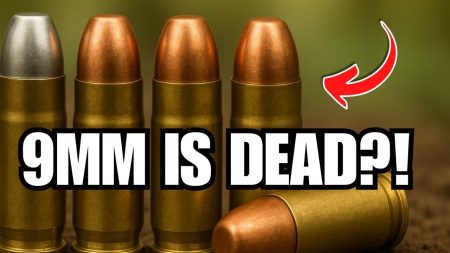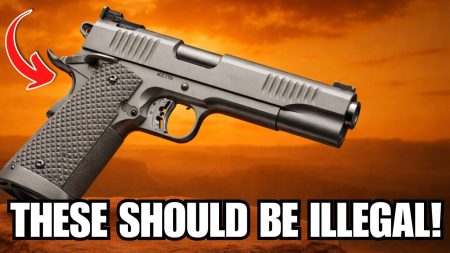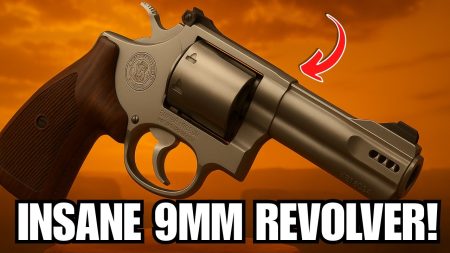In today’s article, Will Dabbs takes a look at the MG 42 general-purpose machine gun used by Nazi Germany during World War II. The automatic weapon had a significant influence on future German machine guns as well as those in other countries. This gun’s high cyclic rate of fire earned it a variety of nicknames including Hitler’s Buzzsaw and Hitler’s Zipper.
Feldwebel Helmut Balzer crouched below the parapet in his concrete fighting position and tried to pull the world in around him. Though wounded, he was one of the precious few who had survived Stalingrad. When he had been posted to the Atlantic Wall, he thought it a godsend. The last few months spent supervising the Organization Todt on construction projects had been heaven by comparison. And now this…
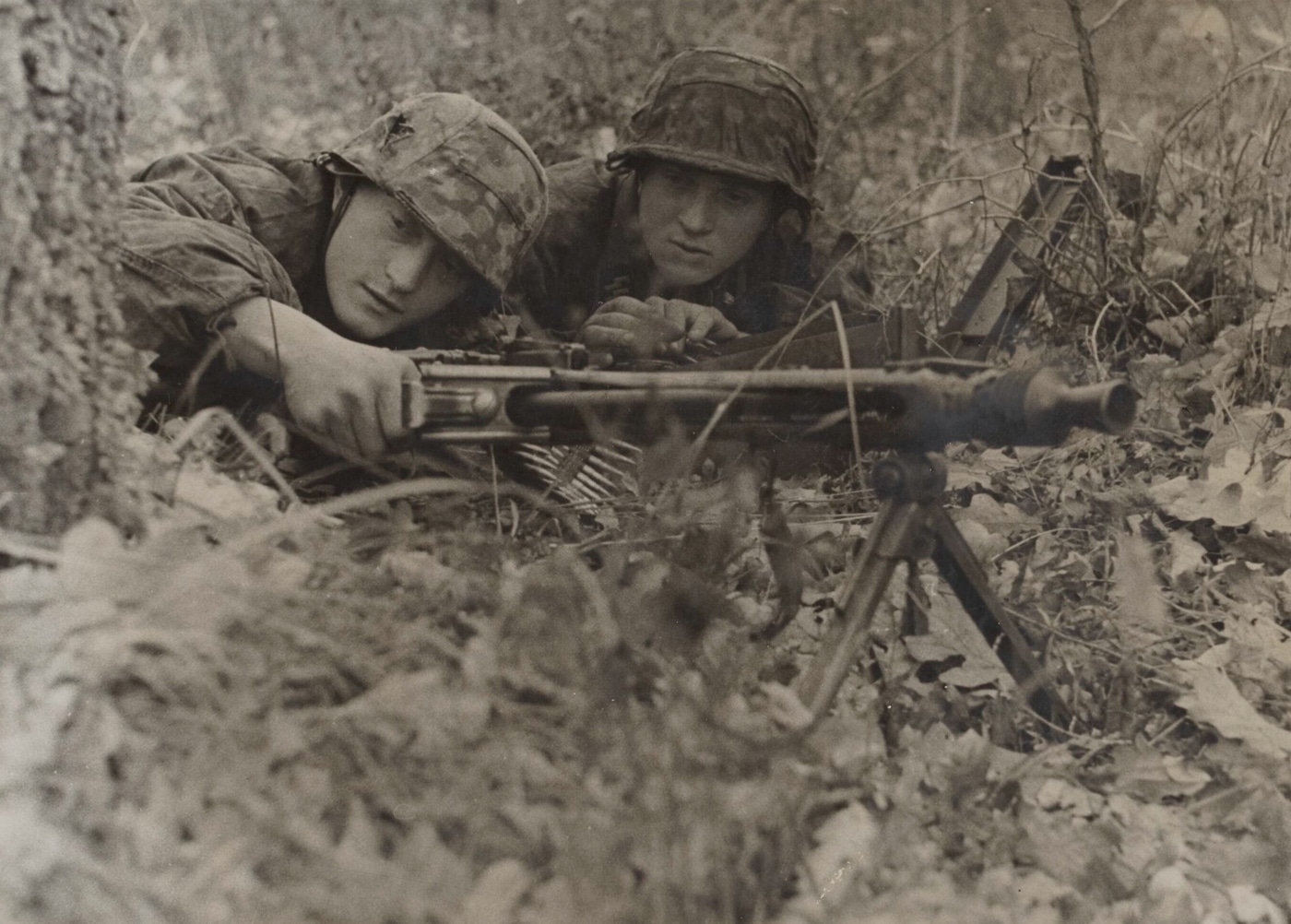
The defensive battlements were as good as they could make them. The cannons were repurposed French field pieces set in concrete casements. Most of his troops were, like him, either worn out or not yet weaned. The entire enterprise had seemed like a lark. And then they got the alert order to report to their defensive positions. They had practiced these drills every couple of weeks for months now. This time it was clearly different.
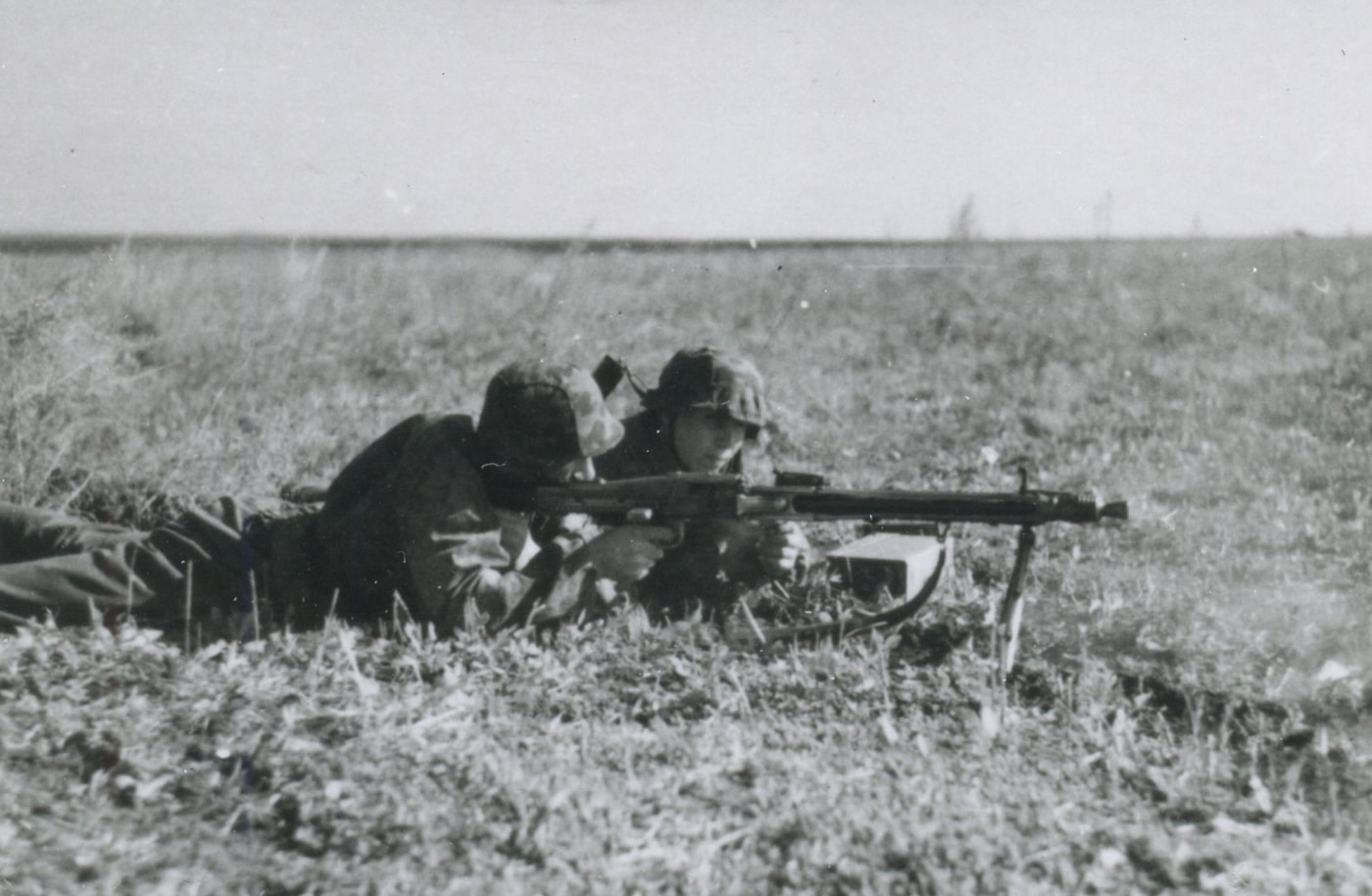
Sporadic shelling began just after midnight. Fortunately, most of his unit was already in place by then. Soon thereafter, the ground physically shook to the inland pounding of countless Allied heavy bombers. Then his entire world was rent asunder.
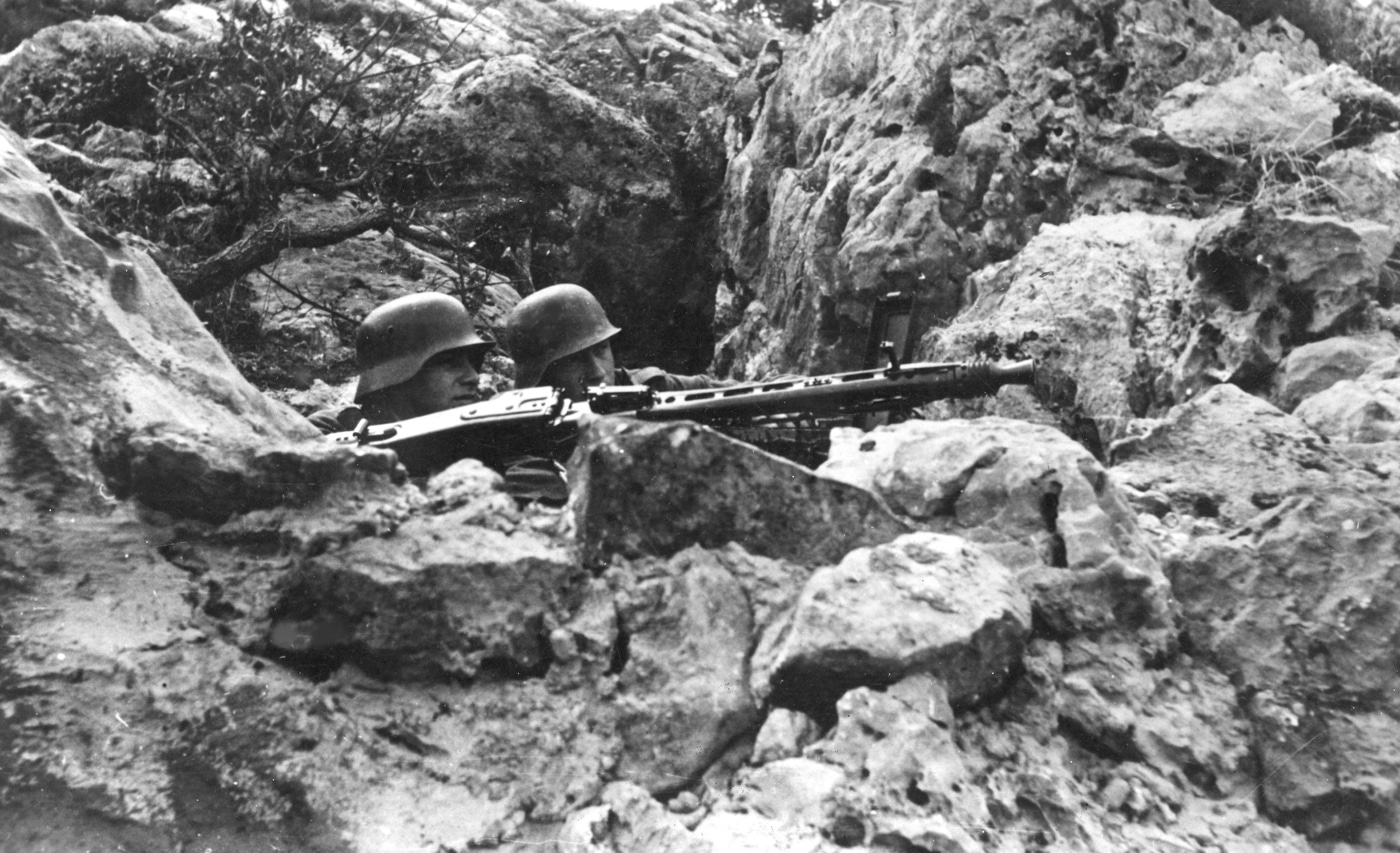
Helmut assumed this was naval gunfire. It could not be conventional artillery. The Allies had no land-based positions from which to fire. It could not be enemy airplanes, because this hell simply never stopped. The impacts came so frequently that they seemed continuous. Balzer feared he would lose his mind. Then suddenly it all stopped.

The dust and the filth filled his lungs and dulled his mind. The morning was windy and overcast. However, as the gray light gradually spilled over the top of his pillbox he could make out hundreds if not thousands of dots on the horizon. Each dot represented an Allied warship. In the distance, he could just discern the blocky outlines of landing craft churning through the rough seas. Every single one of them seemed to be headed straight for him.
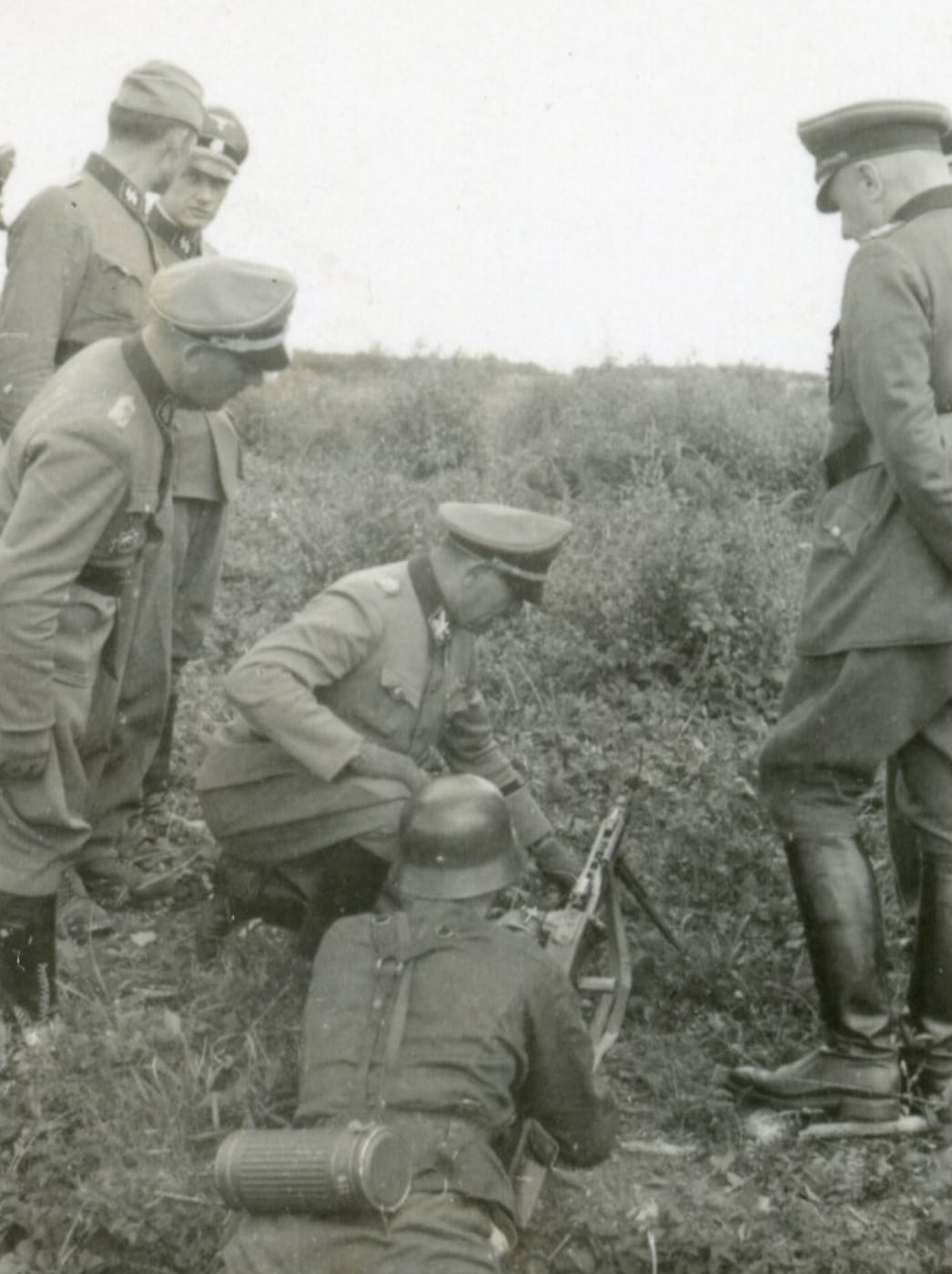
Landser Lang was curled in a ball on the floor weeping. Balzer kicked him viciously with the toe of his jackboot and got him up and on his feet. The Feld cleared the action of his Spandau machinegun and shouted for Lang to stack up every box of belted ammunition they had so he could get to it quickly. Satisfied that the weapon had survived the bombardment intact, he retracted the bolt, tugged the starter tab on a 250-round belt into the action, and pushed off the safety. Now he had only to wait.
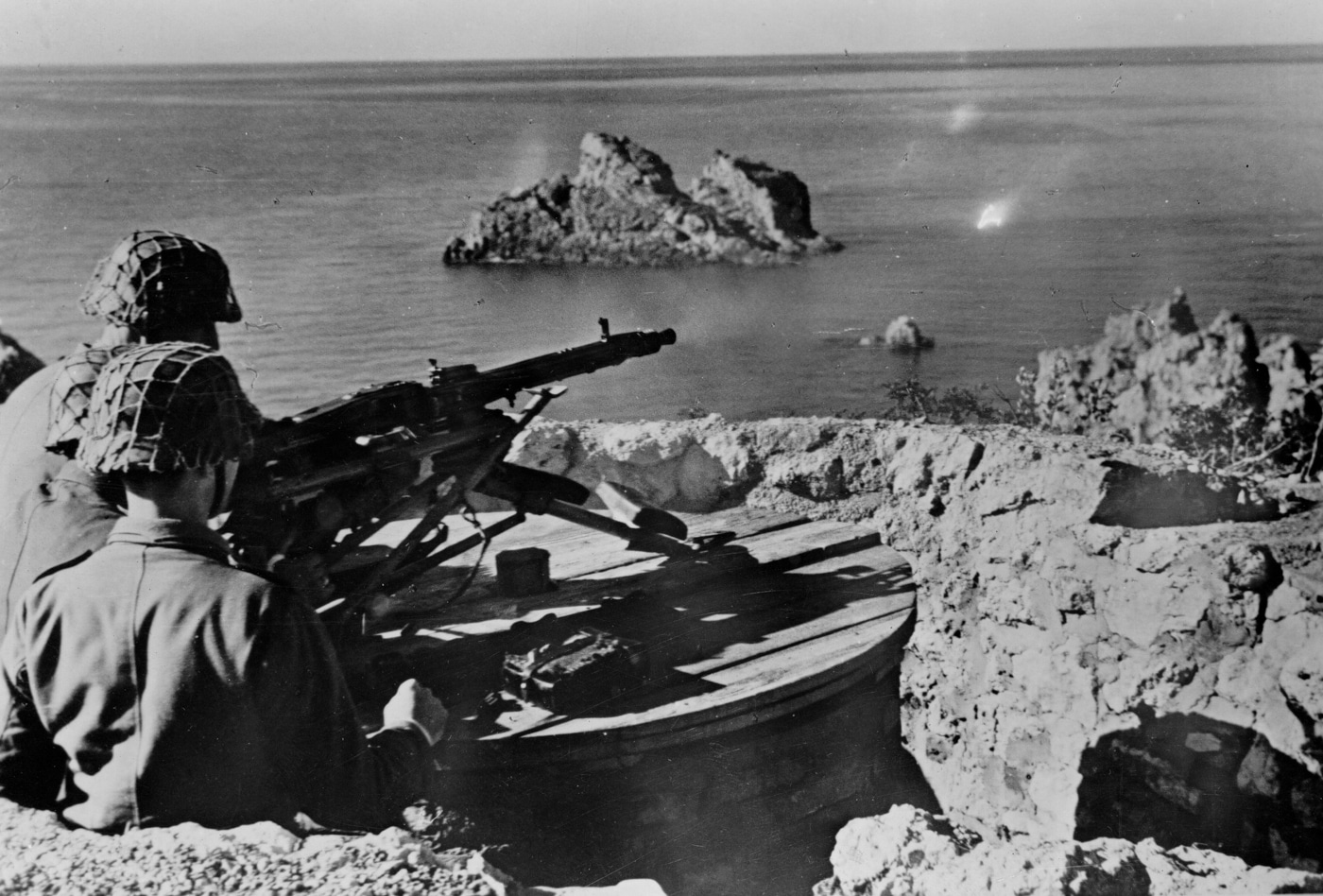
The two men had ten boxes of ammunition — 2,500 rounds. His MG 42 cycled at 1,200 rounds per minute. Given what was coming, that would still not last terribly long. It would, however, likely outlast both of them.
The MG 42 Machine Gun
German soldiers referred to the utilitarian stamped steel MG 42 general purpose belt-fed machinegun as “Hiltersage” or “Hitler’s Saw.” Allied soldiers called it “Hitler’s Zipper” based upon the high-frequency ripping sound it made when fired. The argument could be made that from defensive positions such as those overlooking the D-Day invasion beaches there was no more efficient weapon in the world.
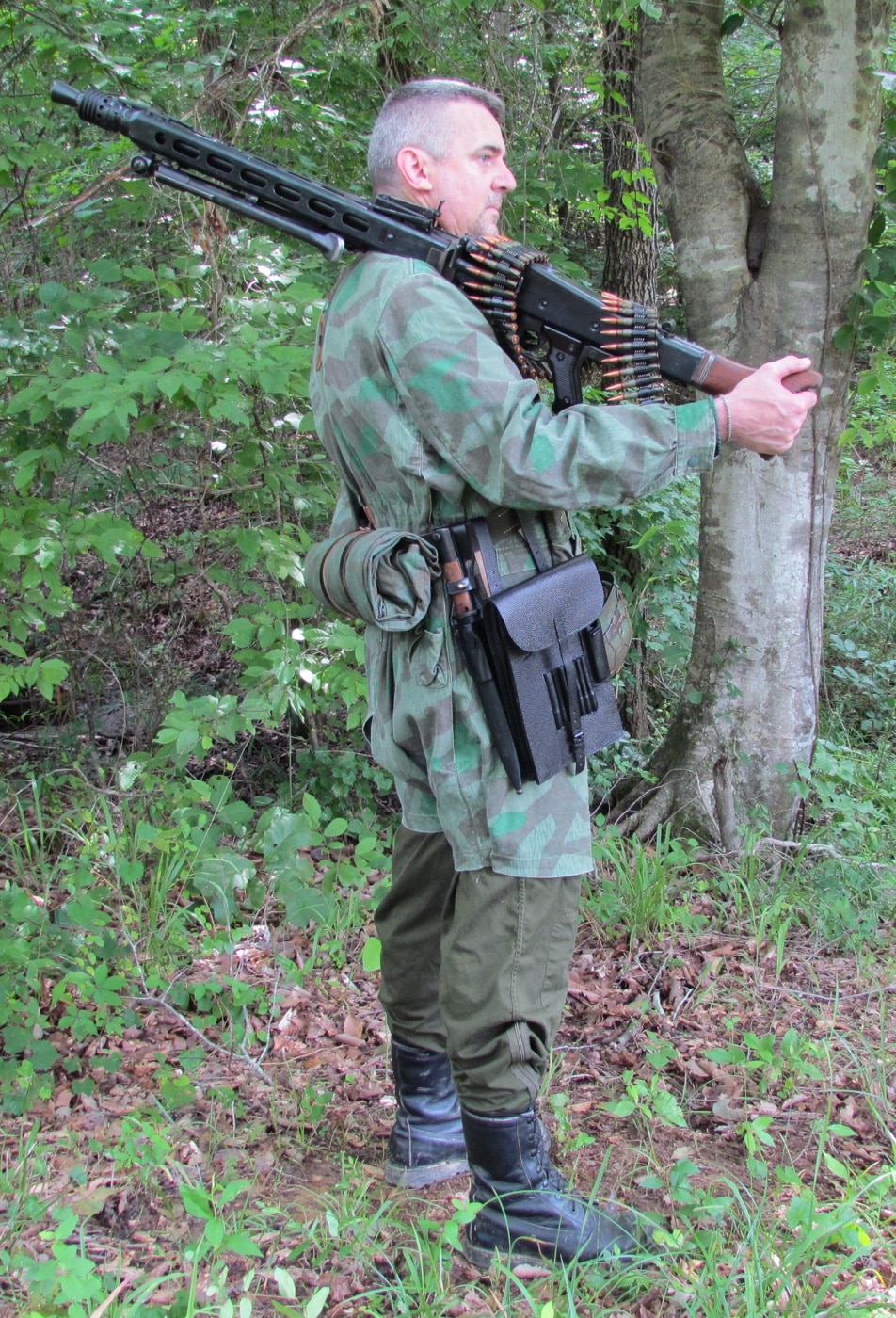
At 25.57 pounds unloaded, the MG 42 was heavy. However, all belt-fed machine guns are heavy. The MG 42 was full-auto-only and fired rounds the size of your index finger just as fast as a 9mm MAC10 submachinegun, itself a notorious little bullet hose. The MG 42 has subsequently been produced under license in Italy, Spain, Pakistan, Greece, Iran, Sudan and Turkey.
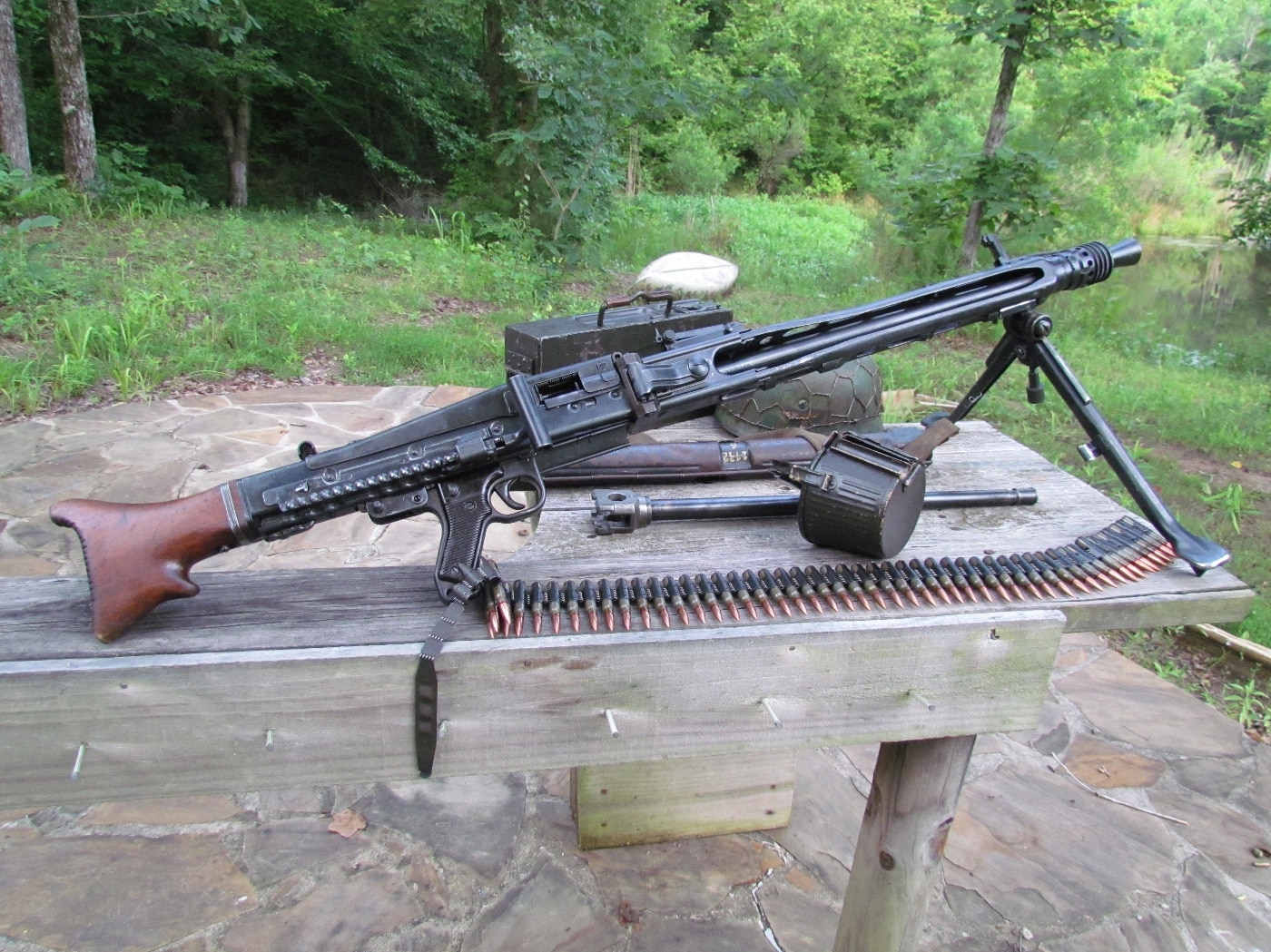
The interwar years saw a quantum transformation in infantry tactics. Previously it was the rifleman who was the primary force projection tool in infantry formations. Now the Germans organized their tactical units around the machine gun. The previous MG 34 was specifically designed to provide a high volume of automatic fire that could maneuver with the infantry squad.
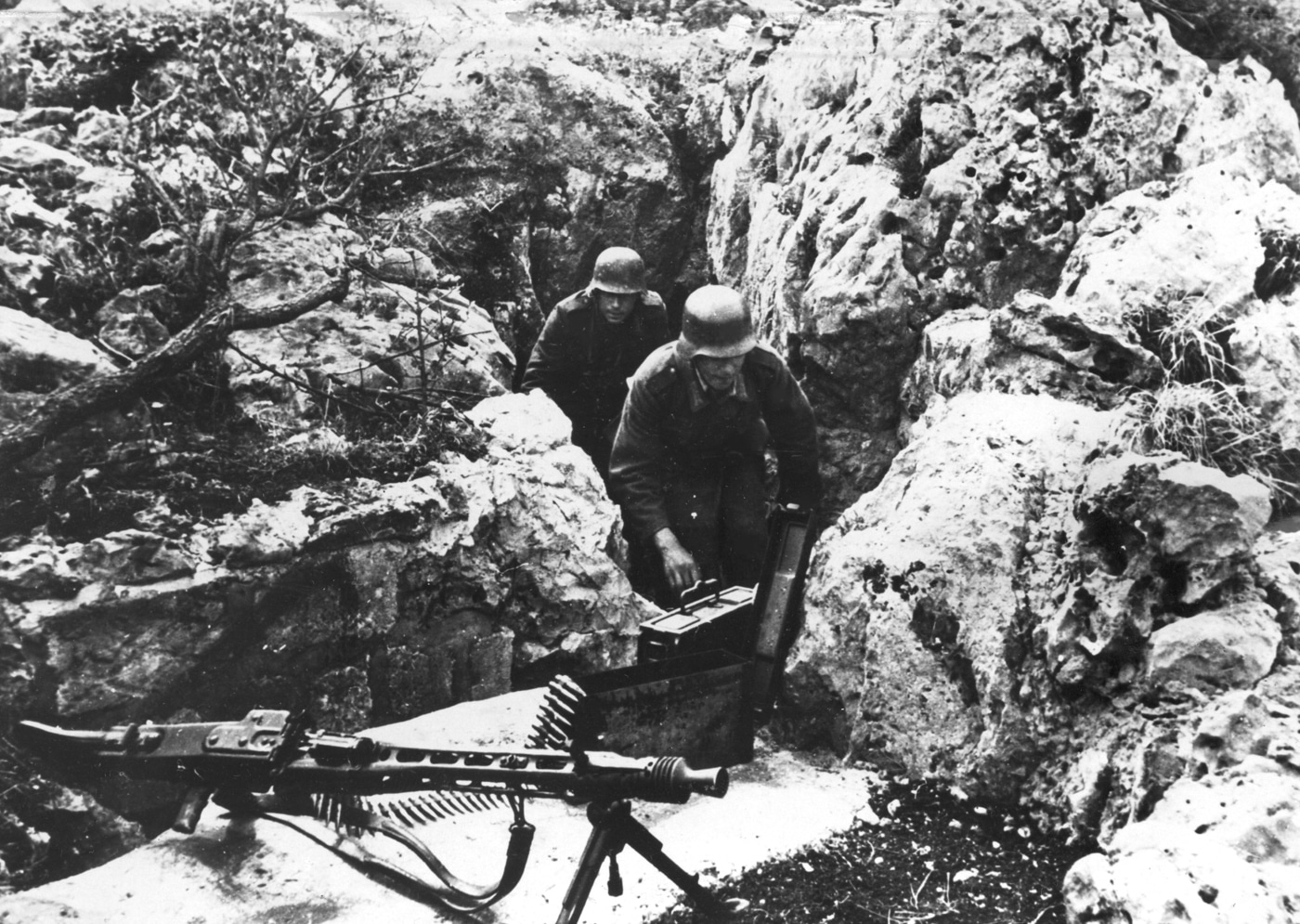
The MG 34 was an absolutely beautiful piece of work. Weighing 26.7 pounds and recoil operated, the MG 34 cycled at around 900 rpm and was cut from big chunks of forged steel. The gun cost a fortune to produce and was fairly finicky in the face of battlefield contamination. The subsequent MG 42 rectified all of that.
Origin Story
Dr. Werner Gruner led a team of engineers working for the firm of Johannus Grossfuss Metal-und locierwaffenfabrik in Doblen, Saxony, that was tasked with designing a replacement for the MG 34 in 1939. The new gun was to be reliable and powerful while being capable of easy manufacture by relatively unskilled laborers. Curiously, Dr. Gruner’s engineering team had never before designed a firearm. They had previously built pressed steel railway lanterns.
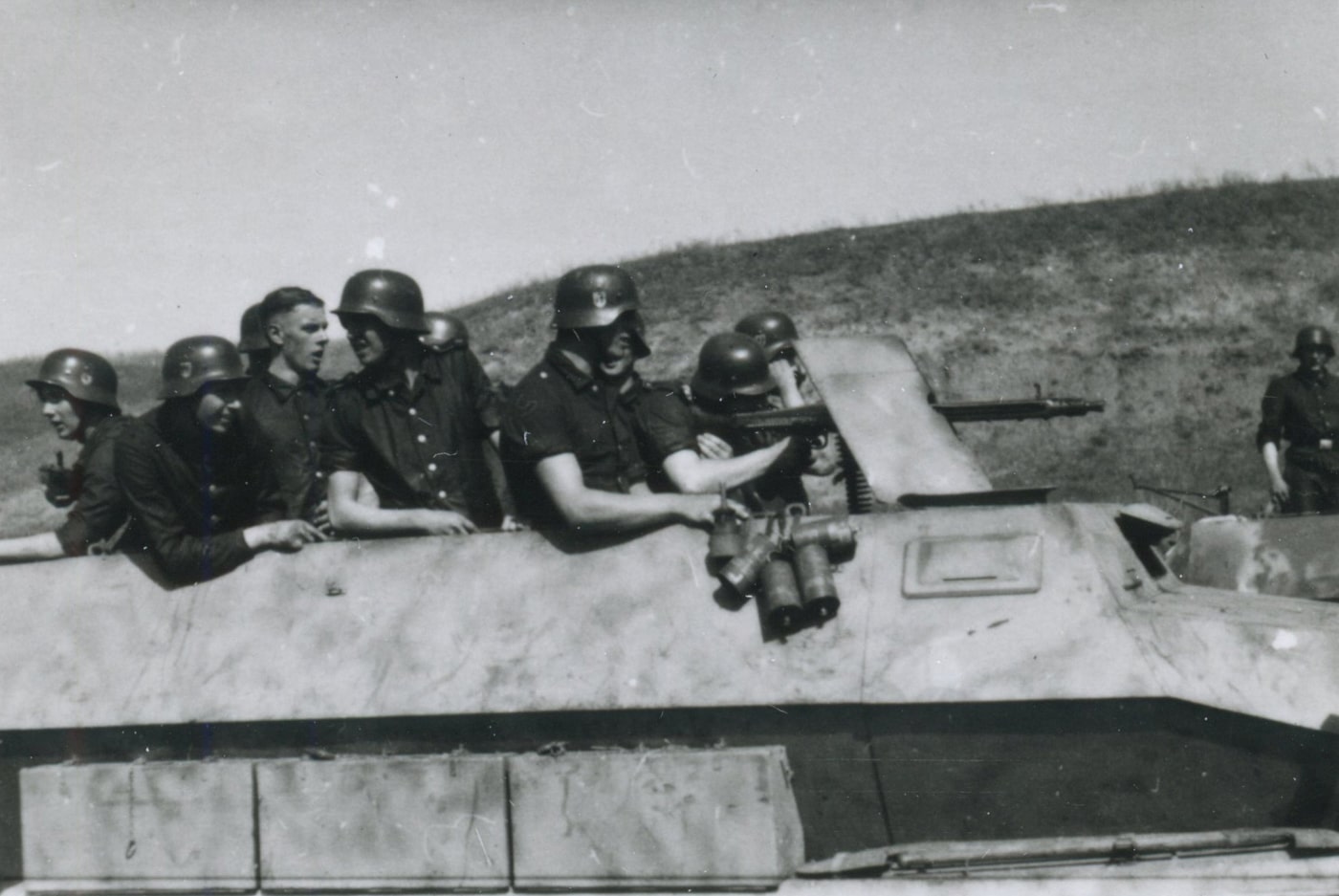
Before tackling the project, Dr. Gruner attended a military machine gunner’s course to learn the subject. The resulting weapon required 75 hours to build as opposed to 150 for the MG 34. It also cost 250 Reich Marks as opposed to 327 for the MG34. 400,000 MG 42’s were eventually produced by three major contractors.
The action of the MG 42 was actually patterned after that of an industrial pile driver. The weapon was recoil operated via an ingenious roller locking mechanism. The bolt incorporated a pair of roller bearings that cammed into corresponding slots in the breech. These rollers locked the barrel and bolt together for the critical first few moments after firing. As the bolt/barrel assembly recoiled, a cam released the roller bearings and allowed the bolt to travel rearward and cycle the action.

The cam slots in the breech could be produced easily enough with basic machine tools, and the roller bearings were the same sort already used in a variety of industrial applications. The body of the weapon was formed from pressed steel welded and riveted together. The end result could indeed be produced en masse by relatively unskilled labor. As belt-fed machine guns went, the ergonomics were also superb. Though designed to be serviced by a machine gun team, the MG 42 could be employed by a single gunner in a pinch.
The MG 42 could be fired off of its integral bipod or even offhand if you were up to it. The gun was capable of precise long-range fires when operated off of the superb Lafette tripod. It was also used in a wide variety of fixed, anti-aircraft, and armored vehicle mounts. The MG 42 saw service everywhere the German military ventured.
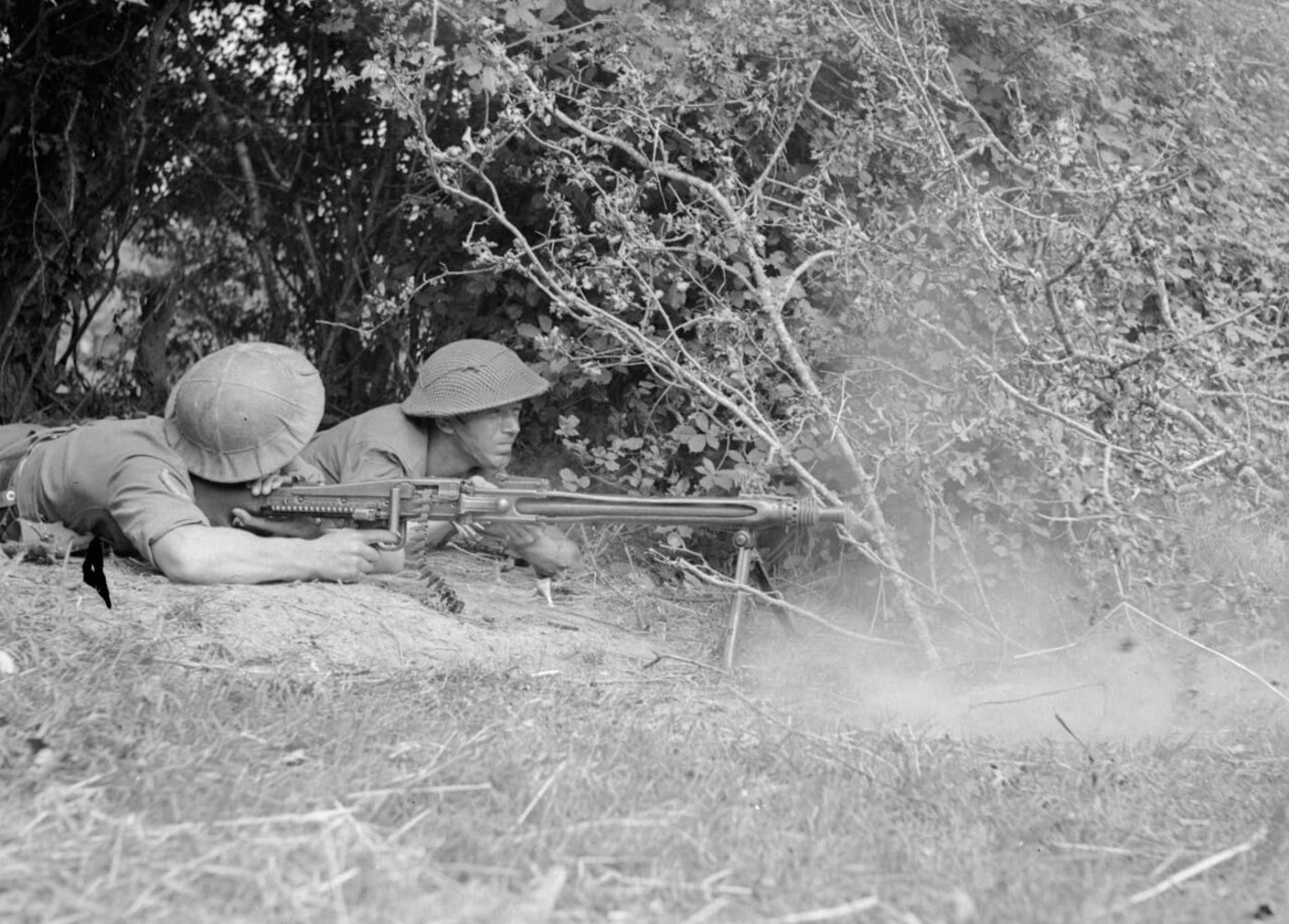
This roller-delayed action worked fabulously well. At the very end of the war a variant of this mechanism was used to build a prototype rifle chambered for the 7.92x33mm Kurz cartridge titled the StG 45(M). The designers of this weapon fled to France and then Spain after the war to design the Spanish CETME rifle in 7.62x51mm loosely around this mechanism. The CETME eventually evolved into the G3, HK33, and MP5 families of guns. (Learn about the roller-delayed action of the Springfield Armory Kuna here.)
Trigger Time with the MG 42
The MG 42 feeds from non-disintegrating 50-round belts that can be readily linked together as necessary. The Germans issued sheet steel drums to protect the ammunition on an assault. They carried bulk ammo in 250-round steel cans. There are separate starter tabs that can be attached to the belts to facilitate loading in a hurry.
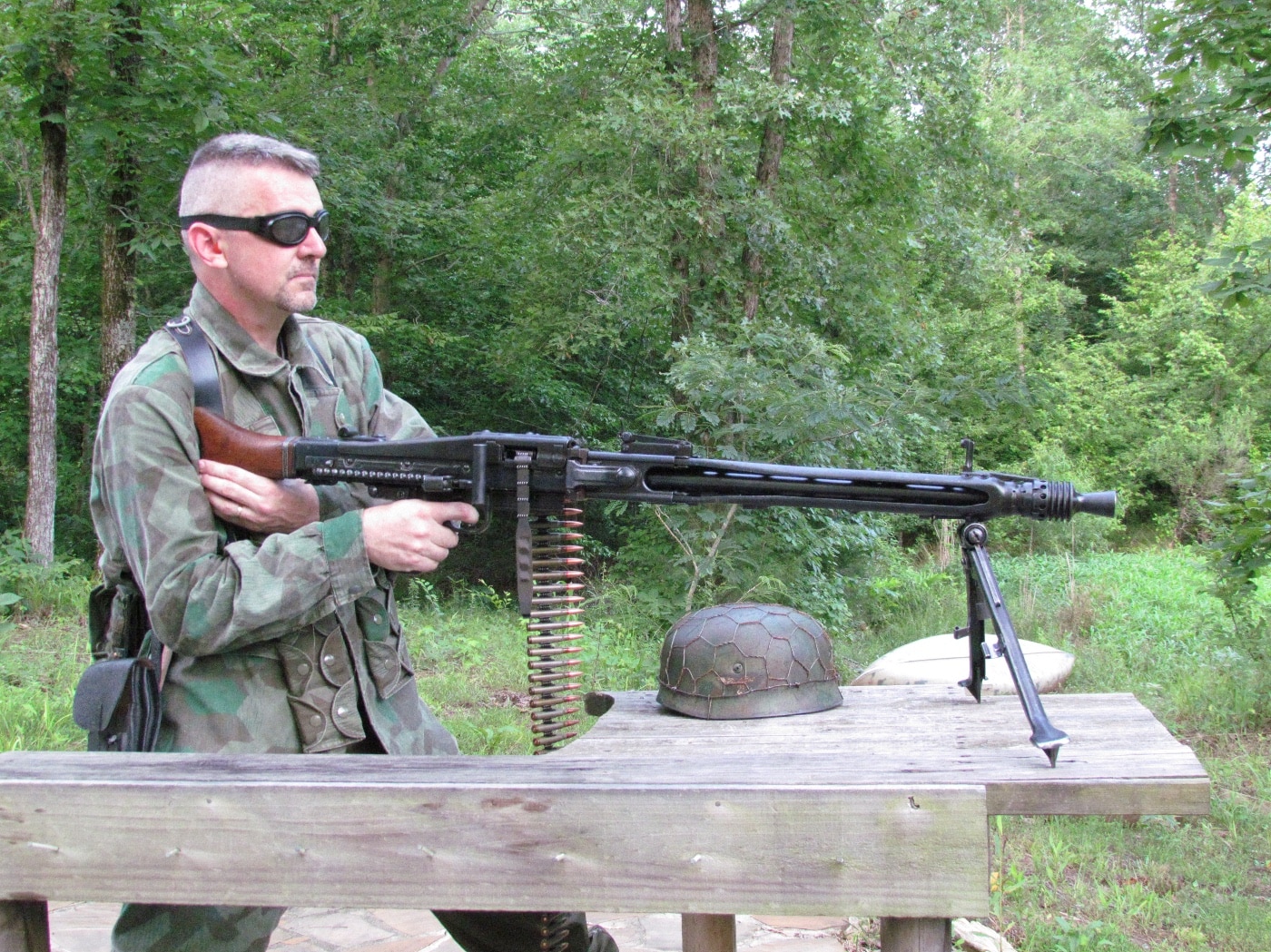
The MG 42 fires from the open bolt and spews bullets like an incontinent goose. That hyperactive rate of fire demands attention to technique for proper control. Additionally, the bipod tends to collapse forward if your lean into it too hard. Inadvertently dropping the muzzle mid-burst at 1,200 rpm is a perennial crowd-pleaser. However, once you take its measure, the MG 42 is indeed shockingly effective.
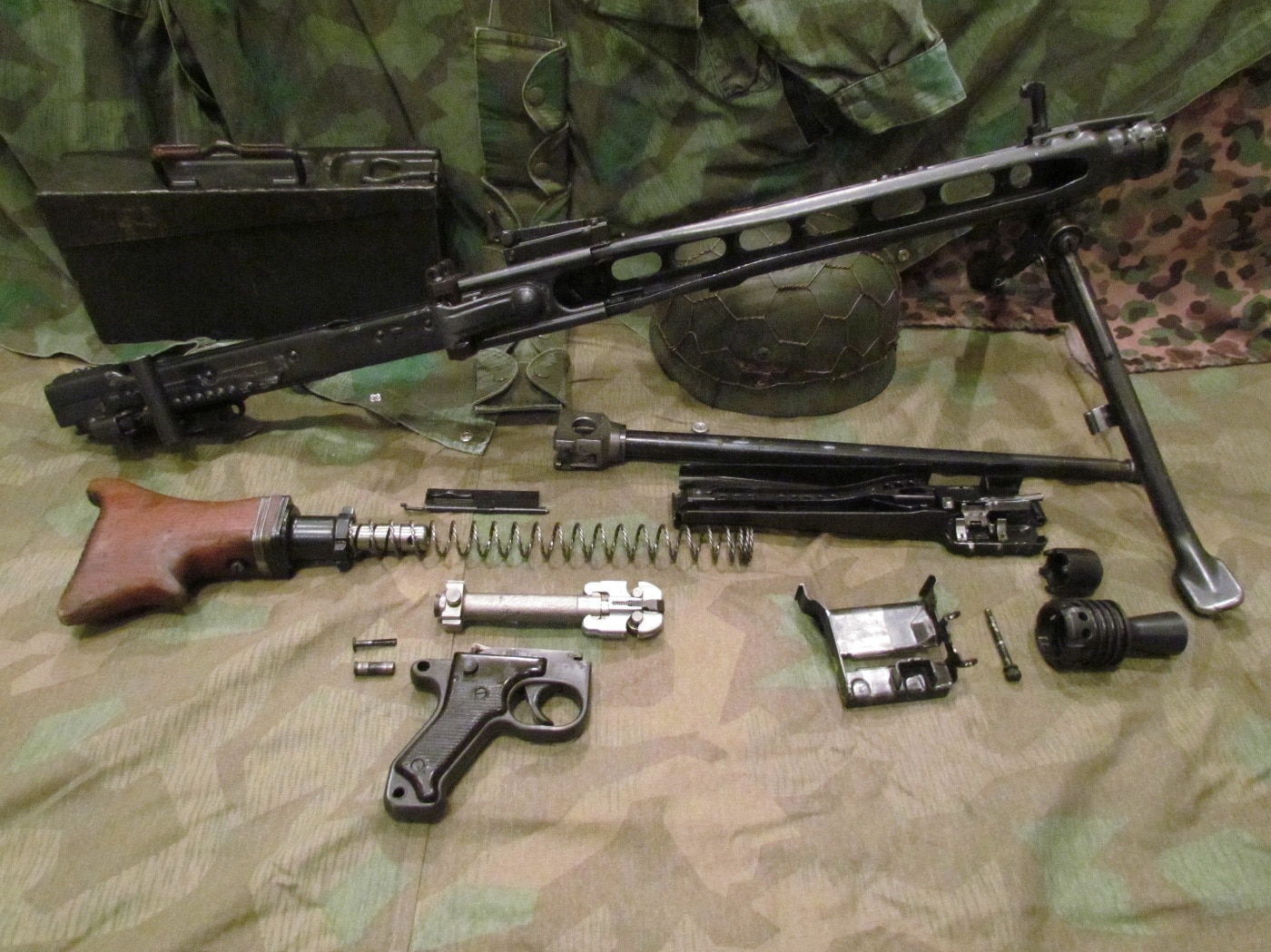
The Germans designed the MG 42 to engage fleeting targets, providing maximum bullet density in minimum time. By contrast, the Browning M1919-series weapons used by American forces just chug along at around 500 rpm. Each weapon reflects different tactics. However, the MG 42 burns through ammo in a hurry. It also gets really hot really fast. Dr. Gruner and Company designed an exceptionally efficient quick-change barrel to address that.
Final Thoughts on Hitler’s Zipper
The MG 42 was an engineering marvel. Portable, reliable, versatile and mean, the MG 42 developed an outsized reputation wherever it was employed. Hitler’s Zipper remains in active service around the world even today, surviving the regime that created it.
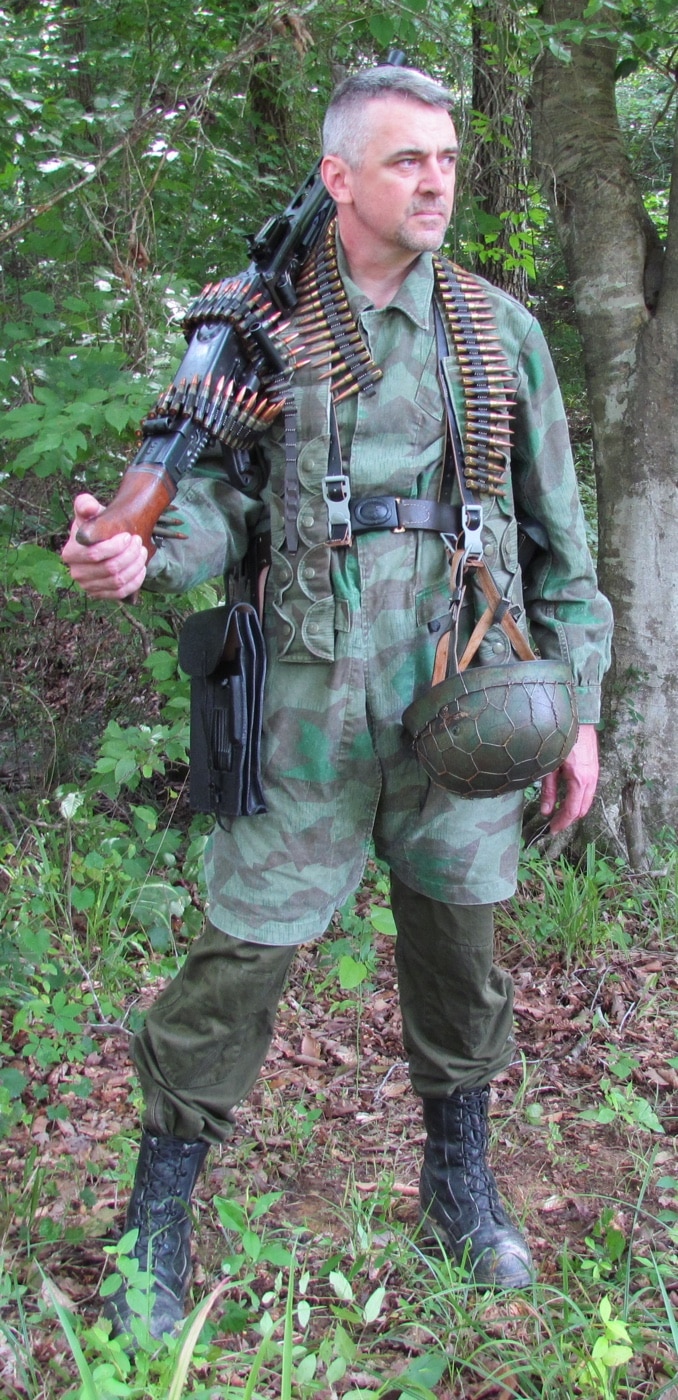
Special thanks to www.WorldWarSupply.com for the Fallschirmjäger kit used in this project.
Editor’s Note: Please be sure to check out The Armory Life Forum, where you can comment about our daily articles, as well as just talk guns and gear. Click the “Go To Forum Thread” link below to jump in and discuss this article and much more!
Join the Discussion
Read the full article here





